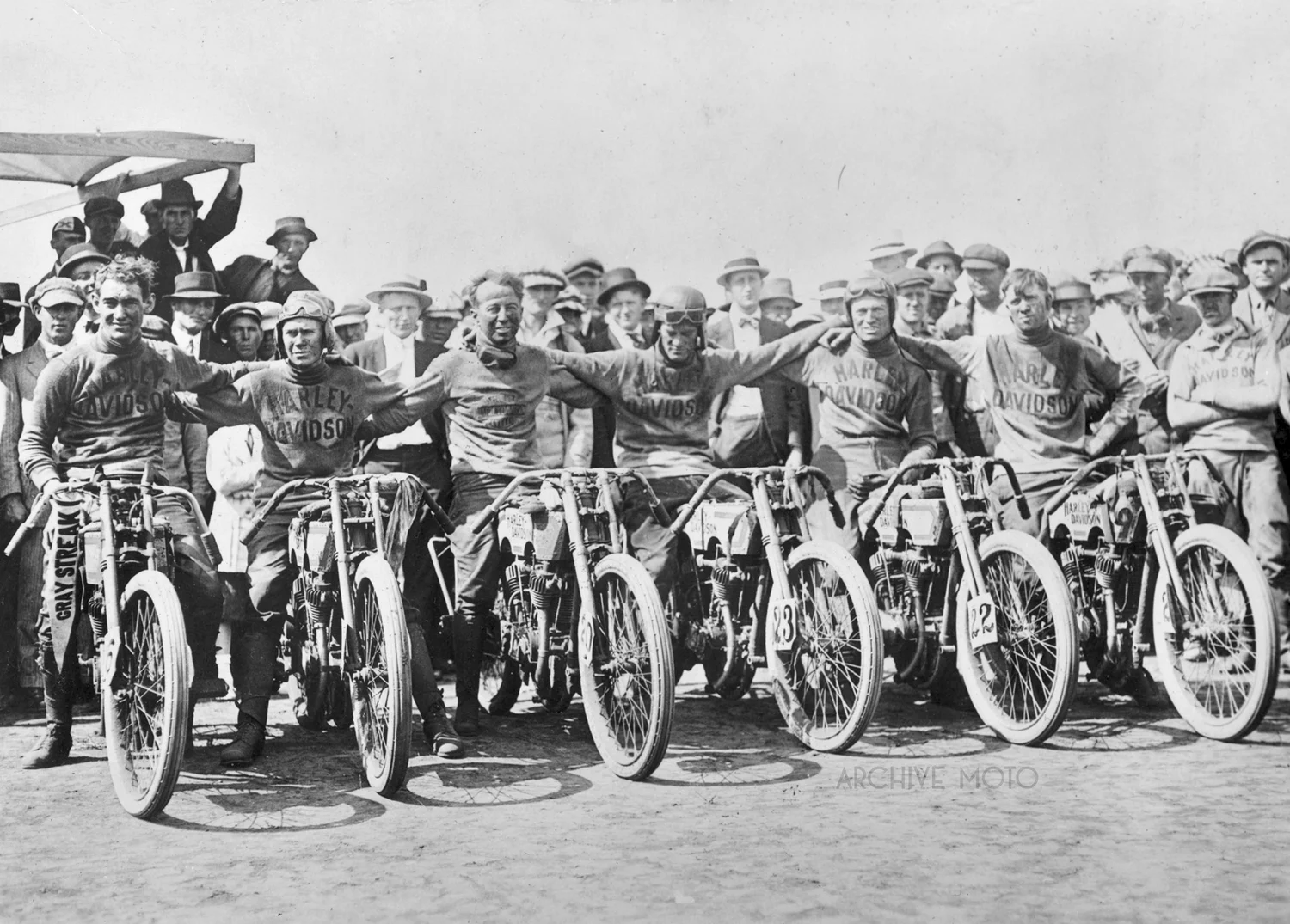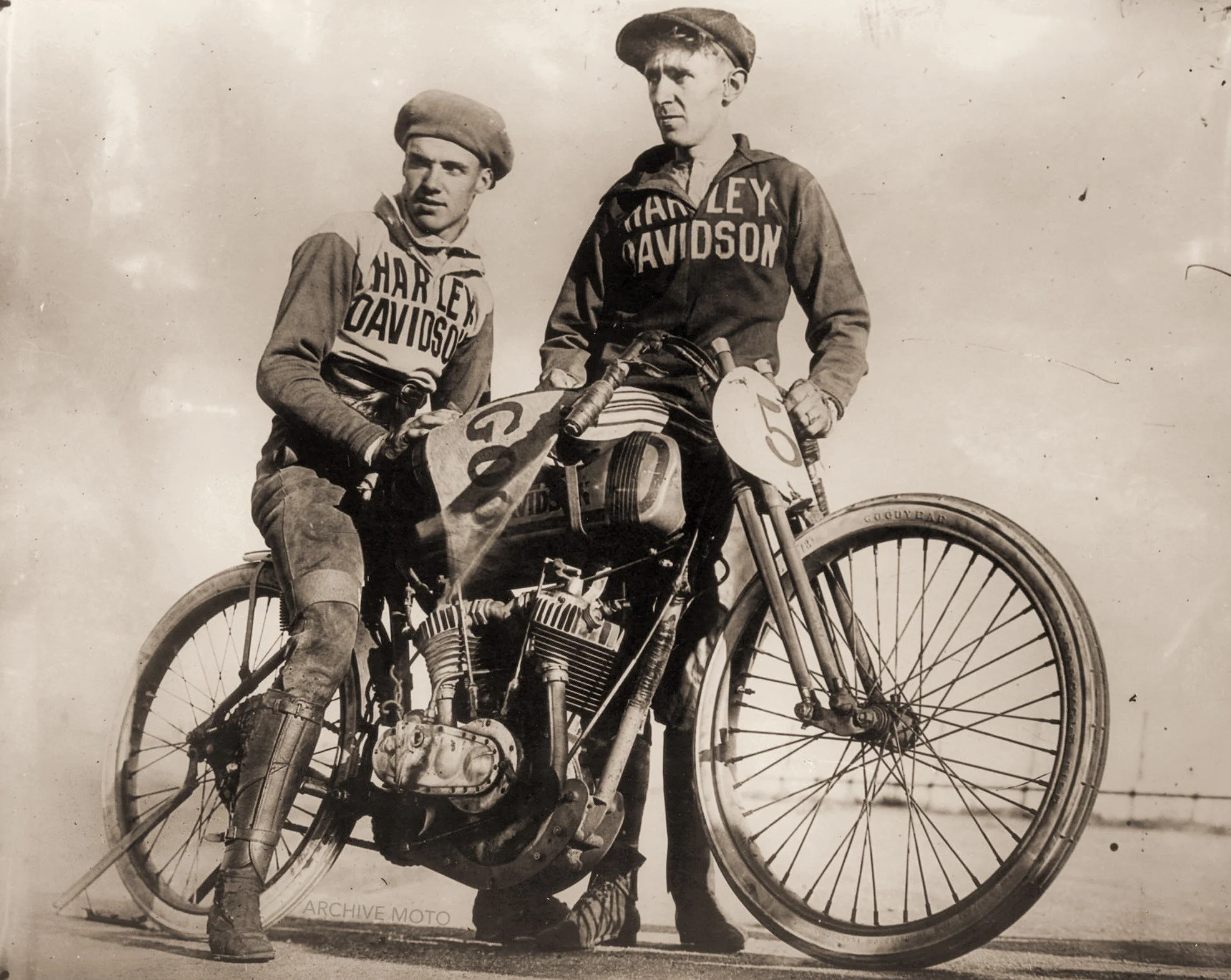What is it about these old machines that captivates us after all of these years? Is it the raw engineering of their power, the elegant simplicity of their purpose? The machines, the weapons in the original arms race of speed, have become icons in their own right. The pioneers who ran them wide open and, on occasion, beyond their limits are true legends of American motorsport. Their ironclad determination, be it on the dirt or the boards, etched their names into the history of our culture, and the rare images that survived have immortalized the moments when titans once rode among us.
It is hard to know what to say in the face of loss, but I wanted to meet this moment as best I could. There are people in life that help shape who you are, who help shape who you become, and Dale Walksler was very much one of those people for me. Through his generosity and kindness, through his encouragement and support, and through his seemingly limitless knowledge and enthusiasm for old motorcycles, he helped me discover and explore something in myself which has been invaluable.
It was his distinctive posture, the way his long back arched high above his shoulders when he tucked in on Harley-Davidson, that earned him the nickname "Camelback." Harry Otto Walker was and will forever be one of America's most popular and recognizable motorcycle racers for a good reason. He was one of the first racers handpicked by Harley-Davidson's Bill Ottaway in 1914 as he began forming the Motor Co.'s first factory racing program. It was Walker who won the first official factory victory at the International Grand Prize 300-Mile Road Race in Venice on April 11th, 1915.
In a recent article, The Grind of a Speeding Phantom, we looked into the 24-Hour distance record set by Wells Bennett on Tacoma's board track speedway in 1922. Bennett's accomplishment of riding 1,562 miles that day onboard his Henderson DeLuxe 4 cylinder took tremendous stamina and grit. Still, Bennett was, after all, an iron-assed veteran racer and a well-paid professional. This week's article takes us back to the timbers of the Tacoma Speedway once again for yet another 24-hour record attempt made by a very different man on a very different machine back in 1918.





